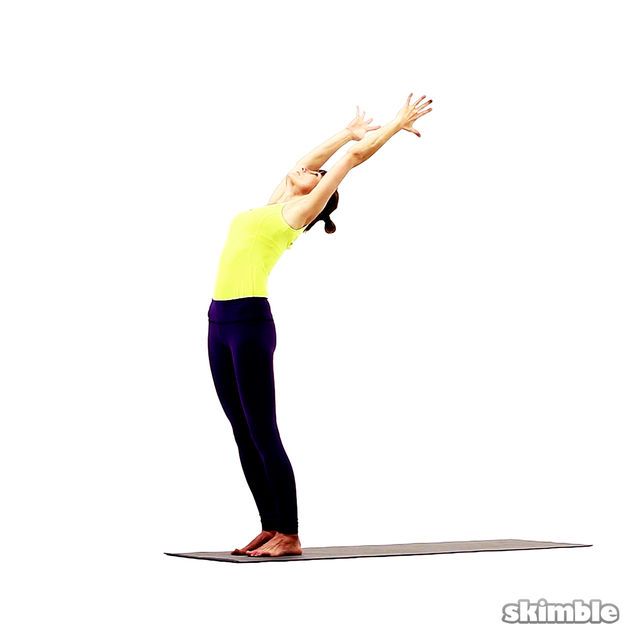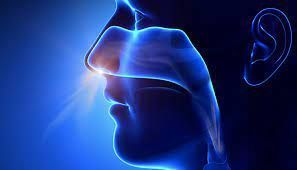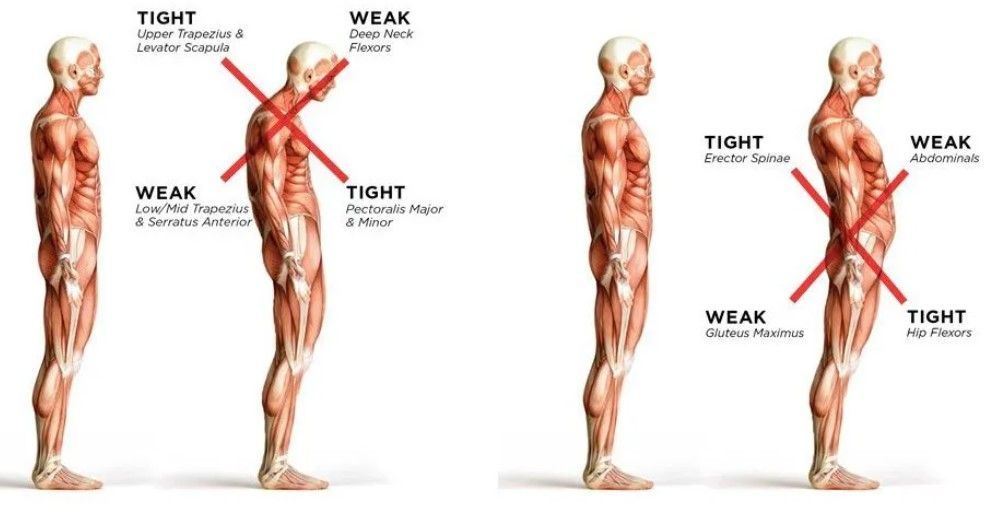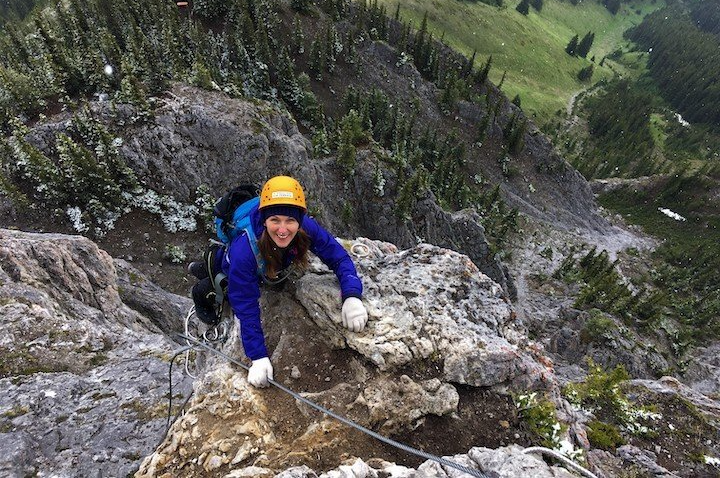Tripod Points of the Foot
Stability starts with the Tripod of the Foot

Stability starts with the Tripod Points of the Foot
I might sound like a broken record with how often I talk about the tripod points of the foot in my classes. Stating, "Where the big toe meets the ball of the foot, the pinkie toe meets the ball of the foot and the center of the heel." My intent is to bring awareness to the importance of weighting these points equally, so you don't experience pain like I did.
I remember hearing about points on the feet in some yoga classes I attended. Unfortunately, it didn't sink and years later I suffered from pain in my big toe knuckle and the start of a bunion on my right foot. It was then that I got serious about understanding the importance of these points.
The three points in the picture above are your tripod of stability. There are 3 arches in your feet that come together at these points to provide us stability to stand upright. The medial longitudinal arch attaches at the ball of the big toe. The lateral longitudinal arch attaches at the base of the little toe. Both the lateral longitudinal arch and the medial longitudinal arch attach to the center of the heel. The transverse arch runs from the ball of the big toe to the base of the little toe. Our arches lift and lower as we walk. They function like a spring, absorbing load and providing stability.
When our knee comes forward with the foot weighted, our arches splay out lengthening and spreading to the sides. As our knee comes back our arch lifts up like a suction cup. A common dead zone for people is the point at the base of the pinkie toe. Many of us do not put any weight there. It may appear to be on the floor, but it isn't actually weighted. This not only prevents the arches from splaying properly, it also prevents them from cueing up the kinetic chain to help activate hip muscles.
Our feet have lots of proprioceptors that provide information to the body. Without weighted contact some of that proprioception is lost. Over time our feet begin to compensate in an unhealthy pattern. We start to experience pain in our foot, like I did, or pain up the kinetic chain in our hip, back, etc.
Check out the wear pattern in your shoes or look at the callused areas on your feet. Do you have a callus on the back of your heel or ball of big toe? Are you overweighting one point and not weighting another?
Interested in a simple technique to better understand how you weight your feet? Email me and I will provide instructions. Julie@Juliehillmt.com


All Rights Reserved | JulieHillMovementTherapy



